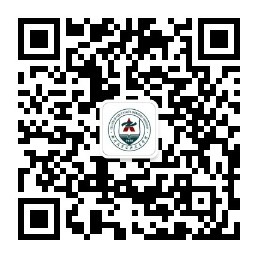Dr. Yongjun Wu is a professor at the College of Public Health, Zhengzhou University and the director of Henan Provincial Key Laboratory of Public Health Monitoring Technology and Application & Zhengzhou Key Laboratory of Nanomedicine and Health Inspection. He is a member of the Academic Committee of Zhengzhou University. He serves as the director of the Chinese Society of Environmental Mutants & member of the Biochemistry and Molecular Toxicology Professional Committee of the Chinese Society of Toxicology. He obtained BSc from East China Normal University in 1991, and then MSc from Zhengzhou University in 1996 and PhD from China Pharmaceutical University in 2001.
In recent years, he has presided over four projects funded by National Natural Science Foundation of China, and published over eighty SCI papers in international academic journals such as Small, Anal Chem, Biosens Bioelectron, Food Chem,Lab Chip,J.Clean. Prod., Sens. Actors B Chem., Anal Chim Acta, Talanta, etc., with five EI indexed papers, five published works, three authorized invention patents, and two software copyrights. He has won three of the Second Prizes and five of the Third Prizes for Scientific and Technological Progress of Henan Province. He led the team in the Third China Internet + Innovation and Entrepreneurship Competition to win the national bronze medal and also secured the First Prize in the 16th "Challenge Cup" Henan Province College Students' Extracurricular Academic and Technological Works Competition.
His recent research interest is the study on key technologies for the screening and early diagnosis of lung cancer. Based on China's national conditions, he has systematically proposed the "Behavior-Indicator-Graph" BIG theoretical system and three-layer screening system for lung cancer. Firstly, he has constructed a lung cancer risk assessment system using data mining techniques, and developed the computer version of the lung cancer risk assessment system V1.0 and the mobile APP version of the lung tumor assessment system V2.0. Secondly, his group has designed and synthesized ultra-sensitive quantum dot fluorescent probes and superior magnetic nanoparticle separation media, and constructed a quantum dot fluorescence immunoassay method for the detections of biomarkers. Thirdly, applying artificial intelligence technologies, his group has focused on the precise extraction and effective fusion of multimodal data features, and has already developed an intelligent lung cancer diagnosis system that utilizes deep learning for intelligent image annotation and integrates clinical multidimensional information. In the future, he will focus on the screening and diagnosis of lung cancer using liquid biopsy (ctDNA, extracellular vesicles and circulating tumor cells, etc) and multimodal data fusion.
 简体中文
简体中文


